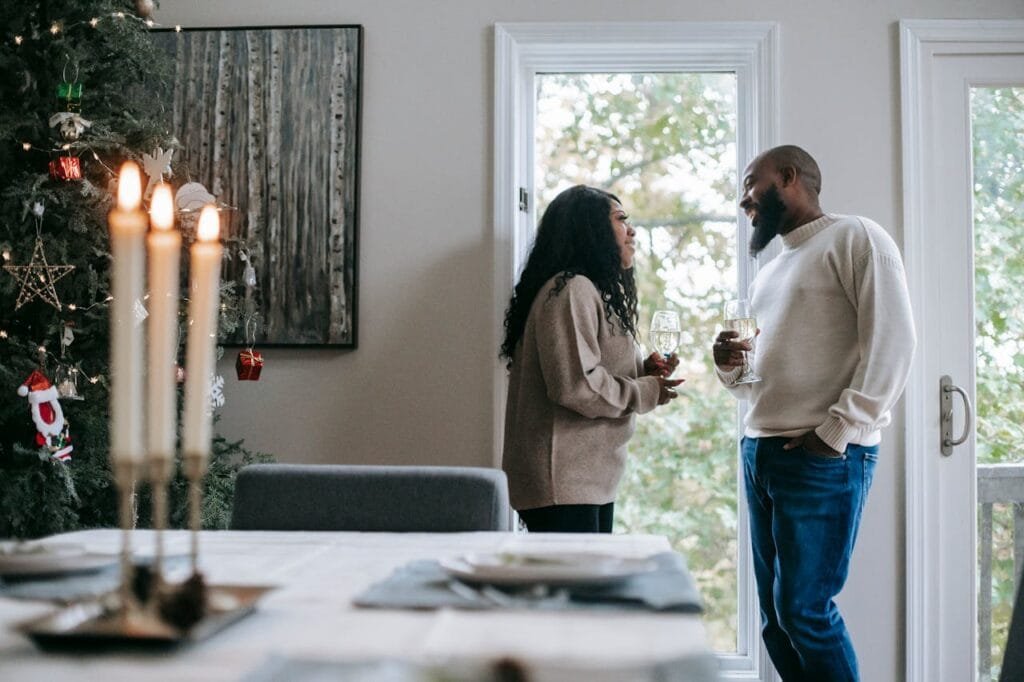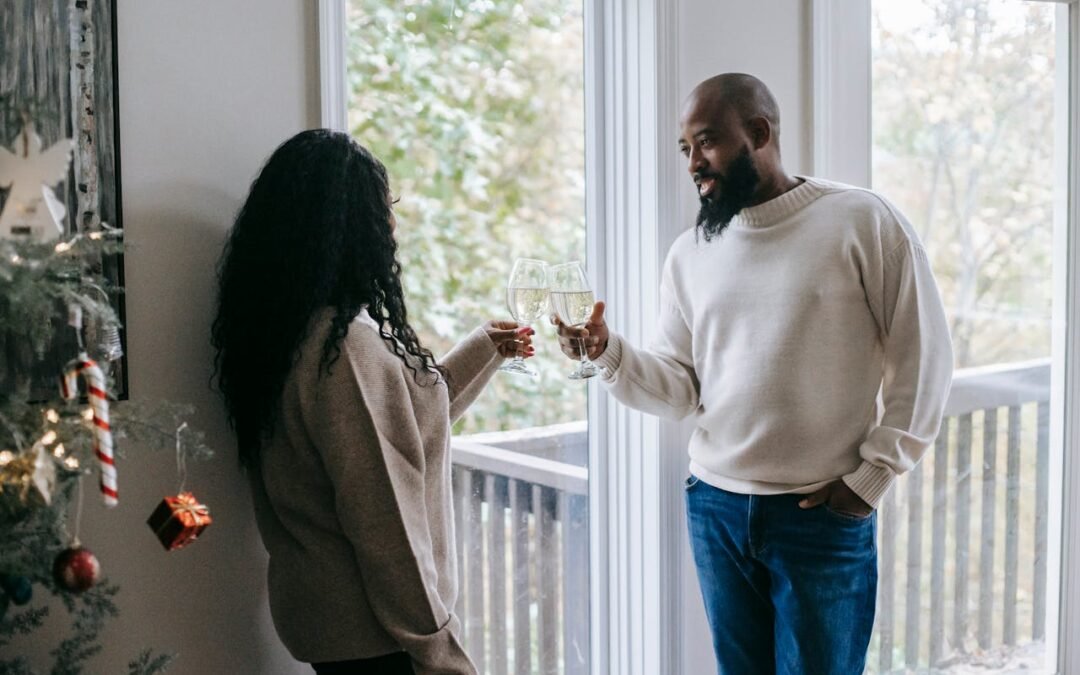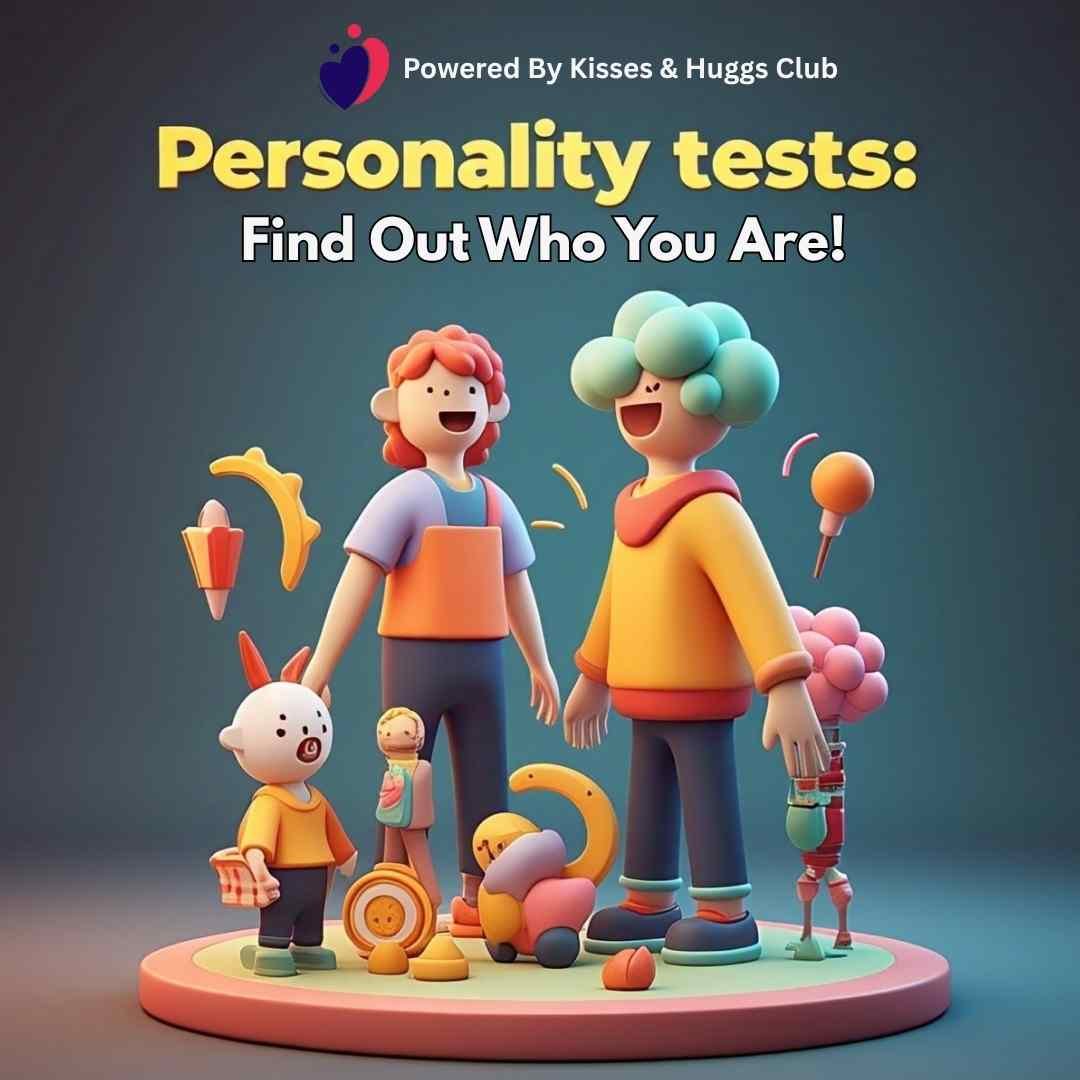What Vulnerability Really Means (And Why It’s Not as Scary as You Think)
Vulnerability sounds like one of those words that should come with a warning label. But here’s the truth—it’s actually the secret sauce for deep, fulfilling relationships. Far from being weak, vulnerability is about courage. It’s the willingness to show your real, messy, unfiltered self to someone else, even when you’re not sure how they’ll react. Vulnerability is like peeling back the layers of who you are and saying, “Here’s the real me. Can you accept it?”
And while that’s a little intimidating, it’s also incredibly freeing. It’s the first step in building trust, intimacy, and genuine connection—none of which can happen if we’re always hiding behind a “perfect” front.
Busting the Myths: Vulnerability Isn’t Oversharing or Weakness
There are so many myths floating around about vulnerability that can make it sound like a recipe for disaster. Here’s the truth:
- It’s Not About Oversharing: Vulnerability doesn’t mean dumping every detail of your life on someone. It’s about letting someone see who you truly are, not overwhelming them with your entire life story.
- It’s Not Dependency: Some people worry that being vulnerable means relying on someone else’s validation. But healthy vulnerability actually comes from a place of self-acceptance—you’re strong enough to admit your fears and needs without needing anyone to “complete” you.
Vulnerability is just honesty taken to the next level. When done right, it’s about building something real with someone, not draining them or making them your emotional crutch.
Why Vulnerability Builds Trust (Yes, It’s That Powerful)
Think about it: When you’re honest about your fears and flaws, it shows the other person that you’re willing to go deep. When one person opens up, it creates a ripple effect. It’s like saying, “I trust you enough to let you in,” and it usually makes the other person feel safe enough to reciprocate.
Example time: Imagine you admit to your partner that sometimes you feel insecure in your career. It’s a simple, vulnerable confession that can unlock the door for them to share their own insecurities. Suddenly, you’re both talking about things that actually matter, instead of staying on the surface level.
Vulnerability also allows for empathy—when you know someone’s fears and challenges, you’re much more likely to understand their actions. The more real you are with each other, the more patience and kindness naturally follow.
Vulnerability: Your Shortcut to Deep Intimacy (Yes, Even Physically)
Emotional openness isn’t just about talking—it’s also a key to physical closeness. When you feel safe to be yourself, you’re less likely to hold back, and that sense of trust carries over into every part of the relationship, including physical affection. You’ll find that hugs, kisses, or even just holding hands become more meaningful because you’re genuinely connected.
If you’re wondering how to bring this level of vulnerability into your relationship, here are a few ways to start:

- Active Listening: This means being fully present when your partner is talking, not just waiting for your turn to speak.
- Empathy: Instead of jumping to advice or criticism, try to really understand what they’re feeling.
- Encouragement: Celebrate each other’s openness. A little validation goes a long way in building a safe space.
Facing Your Fears Around Vulnerability (Because Yes, We All Have Them)
Opening up isn’t easy—fear of rejection, judgment, or just plain old hurt can hold you back. But think about it this way: would you rather hide parts of yourself forever or risk feeling a little exposed to create something real?
Here’s a way to start small:
- Tiny Truths First: Instead of diving into deep fears, start with small, honest things. Share a silly insecurity or something that made you anxious recently. These little truths help build your tolerance for openness and remind you that vulnerability doesn’t always have to be heavy.
A great way to tackle this fear is by reminding yourself that vulnerability is actually strength in action. And if you’re really struggling with feeling exposed, try journaling about it first or talking to a close friend. Practice makes vulnerability feel a bit more natural over time.
Communication: The MVP of Vulnerability
At the end of the day, being vulnerable relies on strong communication. Here’s a communication hack that works wonders: Use “I” statements when you’re sharing something hard. Instead of saying, “You never listen to me,” try, “I feel unheard when I try to share my thoughts with you.” This way, you’re sharing your feelings without placing blame, which keeps the other person open to understanding rather than getting defensive.
Also, active listening is key. Make it a point to really hear what the other person is saying. Show that you’re present, whether it’s with a nod or a simple “I hear you.” Sometimes, people just want to feel seen and validated.
Vulnerability Sets the Stage for Growth (And Some Relationship Perks)
Being open can help you resolve conflicts more easily, too. Studies show that couples who embrace vulnerability are more likely to work through disagreements constructively instead of getting defensive. Vulnerability brings a level of emotional intelligence to the table that keeps things from spiraling.
And here’s an extra perk: When you’re vulnerable, you learn more about yourself. It’s like free therapy with your partner (just don’t use them as your therapist!). You get to explore your emotions, recognize your fears, and grow alongside someone who genuinely cares.
Setting Boundaries with Vulnerability (Because Yes, There’s a Limit)
Being open doesn’t mean you have to share everything. Boundaries are still essential. Knowing what you’re comfortable sharing and what feels too personal helps you stay in control of your emotional well-being. Vulnerability should feel safe, not forced.
A good boundary rule to consider is whether what I’m sharing is helpful in building trust or if I am just unloading too much at once. Practicing discernment lets you stay open without feeling exposed.
Creating a Safe Space for Vulnerability
For vulnerability to work, both people need to feel safe. Creating a safe environment means respecting each other’s boundaries, encouraging openness, and practicing kindness.
One way to make your relationship a “safe zone” is to check in regularly. Have conversations about how you’re both feeling in the relationship—do you feel comfortable sharing? Are there things you’d like to improve? Make time for these conversations, so vulnerability becomes part of the norm.
In Summary: Vulnerability isn’t always easy, but it’s worth it. It builds trust, fuels intimacy, and makes relationships a place where both people can feel truly seen and accepted. So take that first step—share a little, listen more, and watch your connections deepen in ways you might never have expected.
Partnership
Giving Via Paystack
DonateCourses and Personality Tests
Join Kisses and Huggs Club New Community
123 Days Fasting and Prayers
Prayer Points and Confessions HERE



